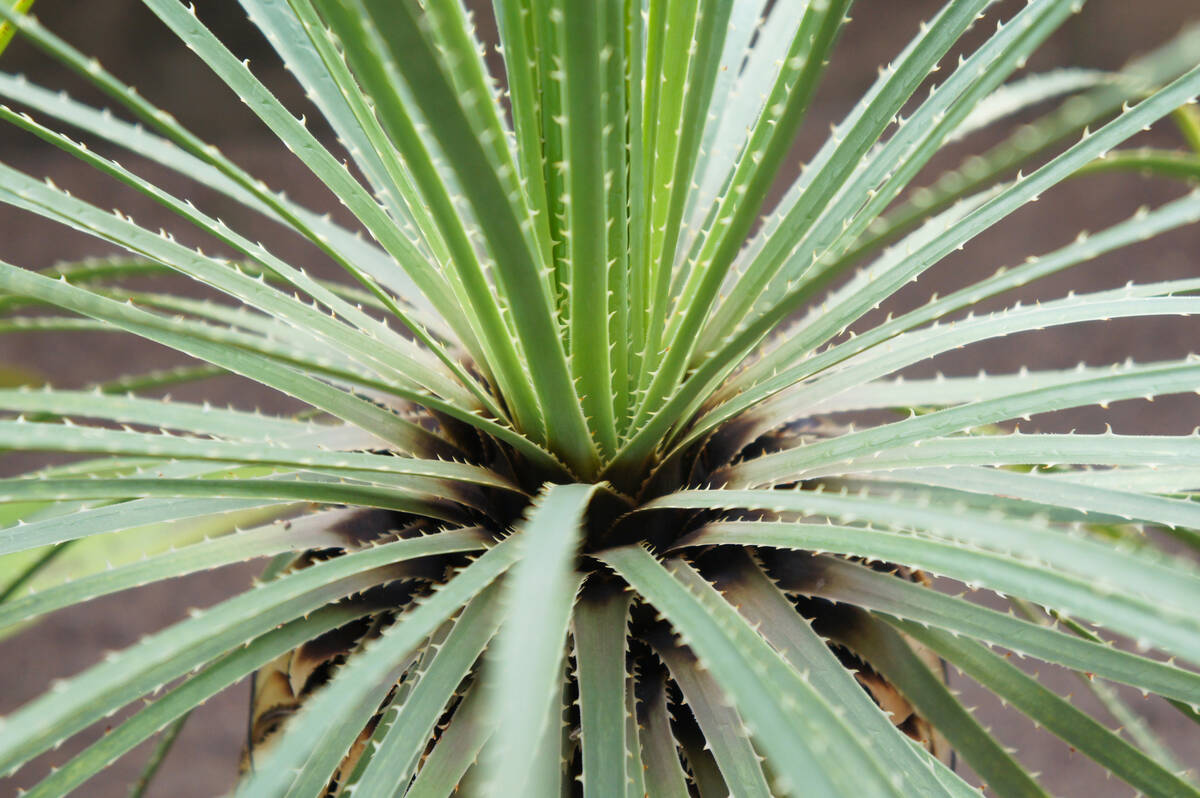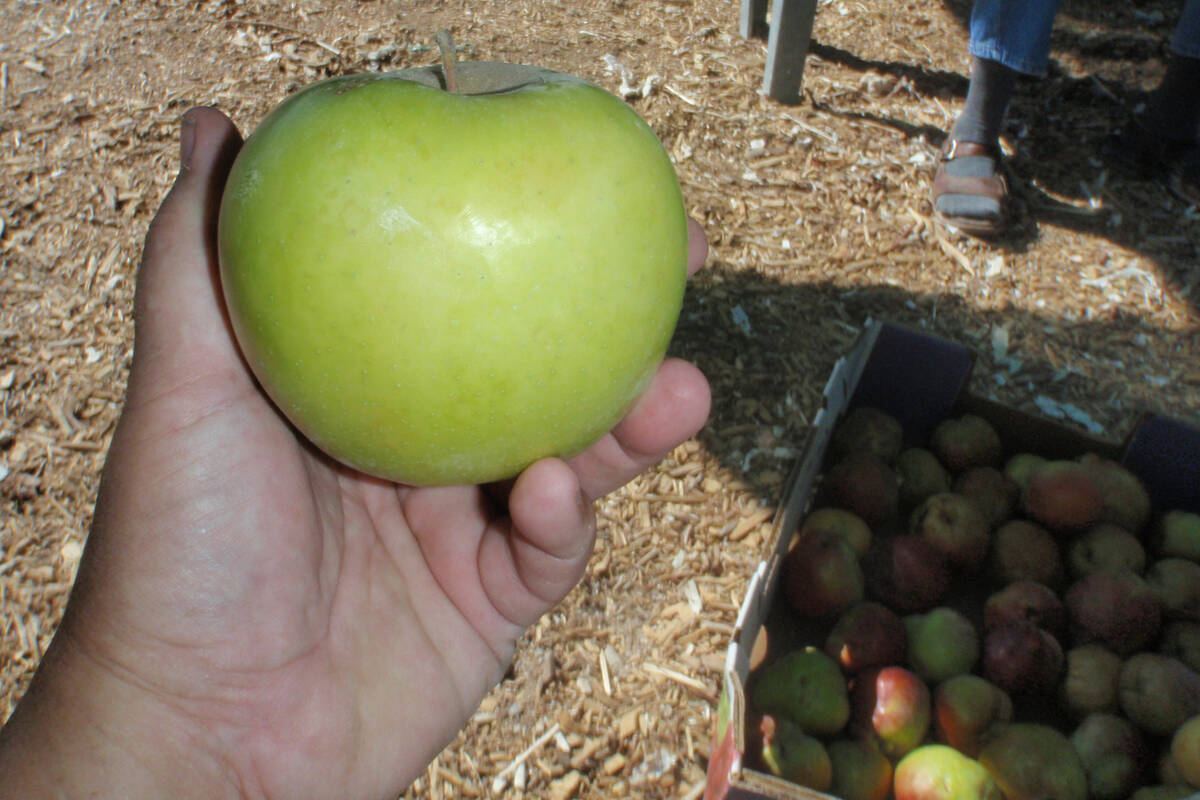What could be causing desert spoon’s root damage?
Q: A desert spoon in my yard lost its top recently in the wind. Closer inspection showed that the inner support had disappeared. I’m very confused as to the cause. Last year, I sprayed neem oil for suspected mites. Residual dust is there but not anything else. No other indication as to its demise.
A: Neem oil did not cause this. It’s probably from overwatering (or watering it too often). This looks suspiciously like agave weevil or some sort of weevil or overwatering. Weevils (a root insect) and poor drainage (watering too often) could both turn the roots to mush. I would guess it is watering too frequently.
The only plants that need water every day in the summer are lawns, most vegetables and annual flowers. These three are small, and their roots are near the surface of the soil.
Desert spoon is a large shrub. It comes from the desert. It is used to the desert heat. It is watered only four or five times a year for growth. In the summer it is watered about three or four times and in the winter just once or twice. When you do, water it deeply.
It likes cooler weather. Don’t we all?
Q: The branches and leaves are on my fig tree are limp. The first crop this year was very limited, but the figs were decent. However, the figs of the second crop were hard.
A: Water should be applied to at least half the area of the tree under its canopy. It should be applied deeply: around 18 inches deep each time.
There are three ways to be sure you’re providing enough water: Increase the number of emitters, increase the size of emitters or decrease the size of the tree by pruning it.
The last method matches the size of the tree to the water it needs.
Remember, a tree’s size determines how to apply the water. As a tree gets bigger, it needs more water. Watering it less than this affects its growth and the quality of the fruit.
I know water is expensive. But everywhere there are fruit trees, water needs to be applied to support their growth as well as the production of fruit.
Fig trees are notorious for not giving signs that they are watered enough. But it shows up in the fruit, which becomes hard and dry.
It gets hotter (and the tree needs more water) when the second crop of figs develops.
Q: Will Mutsu apple grow in the desert?
A: Yes, most definitely. I grew that apple in North Las Vegas in 1998. It yields large, green fruit. The taste is sweet and not too tart.
Mutsu apple is a late September and early October variety of apple. It is also called Crispin in the apple trade. It is a cross between Yellow Delicious and Indo, a Japanese variety. It is an older variety bred in Japan in the late 1940s.
Buy it on M111 rootstock and keep it pruned after it matures to around 10 feet tall and 10 feet apart. I used about 25 percent compost in a hole 3 feet wide and covered the soil with 2 to 3 inches of wood chip mulch.
Stake it to immobilize the roots when planting. Be careful that this stake does not rub into the main stem and cause damage. After one season of growth, remove the stake.
Remember, this is not apple country, so the varieties that work here are limited.
Q: This is the second spring for our star jasmine. We have 12 plants 6 feet apart along a long row that we hope becomes ground cover. They survived a winter in the piedmont foothills of South Carolina and are now flowering. To help survive winters in Las Vegas could I add Madison star jasmine to the mix every other plant or is that ill-advised?
A: I don’t know the variety of star jasmine called Madison. I am focused on the cold hardiness of the plant. Common star jasmine is cold tolerant and will survive the winters of Las Vegas. The soil is a different problem.
Star jasmine develops iron chlorosis in unamended desert soil or soil covered with rock mulch. About every couple of years, put down a layer of compost or anything small that rots. Then fertilize it. Both should be done if the soil is covered with rock mulch.
Fertilizer alone is all that is needed if the soil has wood chips (not bark) on top as mulch. Wood chips rot and provide the organics needed in the soil.
If you want to keep the rock mulch, then add iron at the right time. Once a year add iron to the soil in February or March. Either add the fertilizer at the same time or add it to the soil separately, but again in February or March.
Water star jasmine like any other landscape plant that is not desert-adapted.
Bob Morris is a horticulture expert and professor emeritus of UNLV. Visit his blog at xtremehorticulture.blogspot.com. Send questions to Extremehort@aol.com.


















